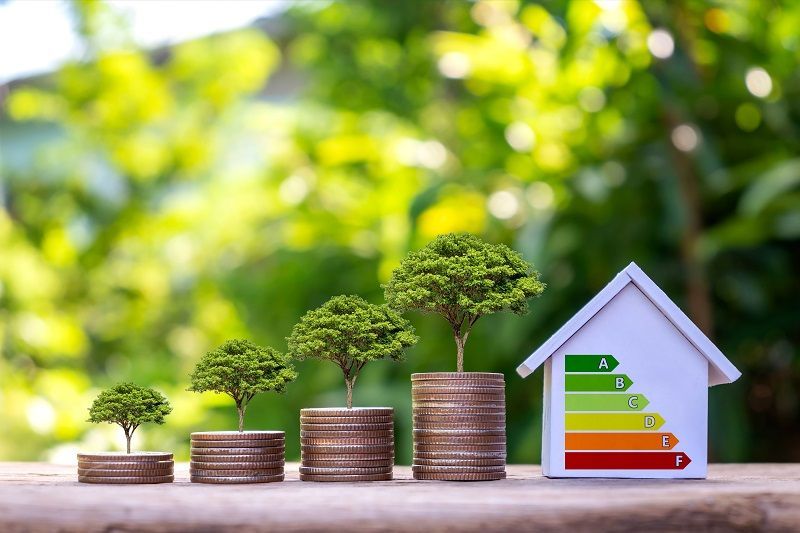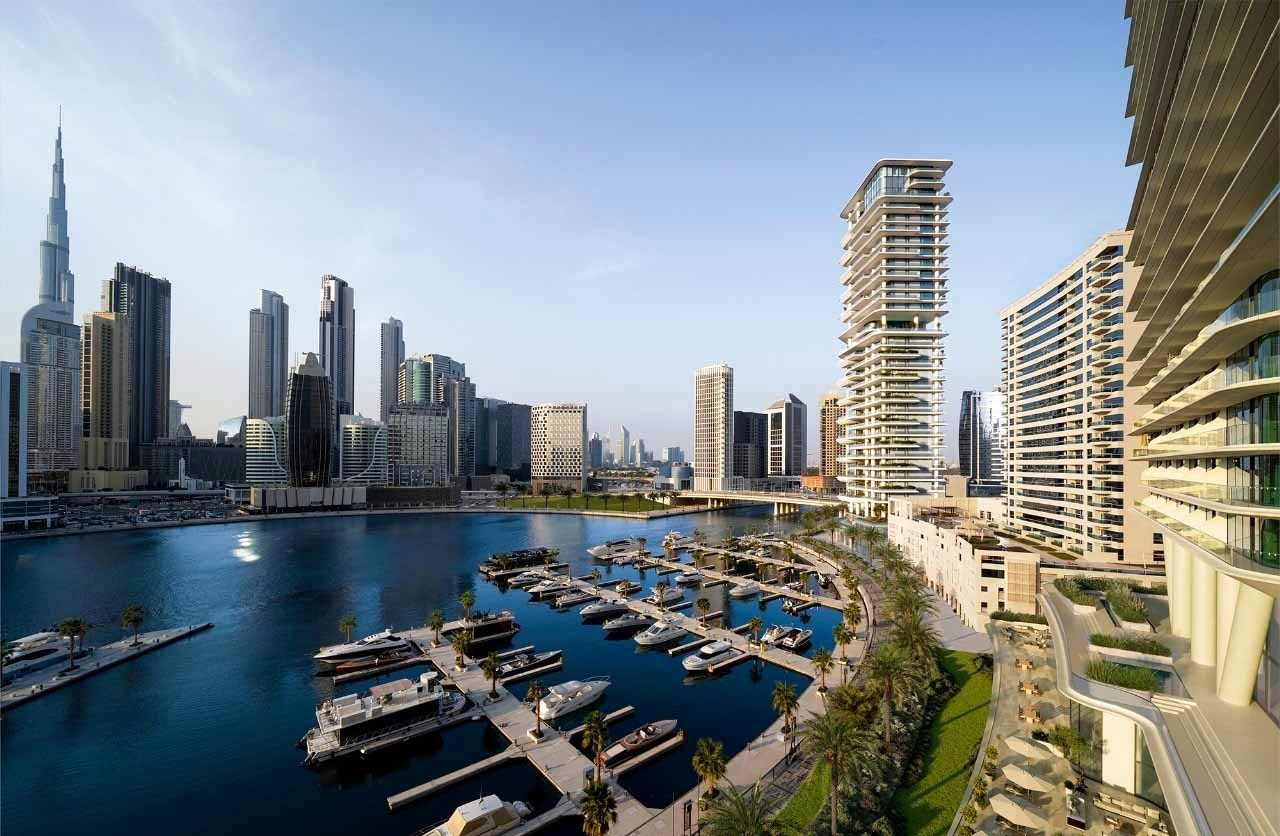
If you’ve ever tackled a renovation project, crafted furniture, or even just wandered through the aisles of a home improvement store, you’ve probably come across plywood. It’s one of those materials that’s quietly holding everything together literally. But despite its ubiquity, plywood doesn’t always get the credit it deserves. Let’s change that.
Whether you’re a DIY enthusiast or a professional contractor, understanding the right kind of plywood for the job can make or break your project. And if your work has anything to do with moisture, water, or unpredictable weather conditions, there’s one type that stands out: marine plywood.
Let’s talk about why plywood matters, what makes marine plywood special, and how choosing the right one could save you time, money, and a whole lot of frustration.
What Exactly is Plywood?
At its core, plywood is a type of engineered wood. It’s made by gluing together thin layers of wood veneer, with each layer’s grain running perpendicular to the previous one. This cross-grain construction gives plywood its legendary strength and stability.
Compared to solid wood, plywood offers several advantages:
- It’s less likely to warp or shrink
- It’s available in large sheets, making it perfect for construction
- It’s typically more affordable than solid lumber
- It’s versatile great for everything from wall sheathing to cabinetry
Plywood comes in various grades and types, depending on the wood species used, the glue that binds it, and the intended use. But when your project faces a high-moisture environment, regular plywood just won’t cut it.
Enter: Marine Plywood
Here’s where marine plywood comes in. It’s a high-quality, specially treated plywood designed to withstand damp, humid, or wet conditions without falling apart. It looks like standard plywood on the surface, but it’s a different beast underneath.
So what makes marine plywood different?
- Superior Bonding Glue: Marine plywood is made with waterproof adhesives that meet or exceed the standards for exterior-use glues. This ensures the layers won’t delaminate even after prolonged exposure to water.
- High-Quality Veneers: The wood veneers used in marine plywood are generally free from defects like knots or voids, which can trap moisture and lead to decay.
- Durability and Longevity: With fewer imperfections and stronger glue, marine plywood can last much longer in harsh environments think boats, docks, bathroom subfloors, or outdoor furniture.
- Fungal Resistance: Some marine-grade plywood is treated with preservatives to resist fungal attack, adding yet another layer of protection.
Real-World Applications: Where Marine Plywood Shines
The most obvious use of marine plywood is, of course, in marine settings—boats, yachts, docks, etc. But it’s far from limited to nautical purposes.
Here are a few places where marine plywood outperforms other materials:
- Bathroom and Kitchen Renovations: High humidity and frequent splashes make marine plywood a smart choice for cabinetry, shelving, and subflooring.
- Outdoor Furniture: Benches, tables, or storage boxes built with marine plywood can survive rain and sun far better than traditional wood.
- Roofing and Siding: In climates with a lot of rain or snow, marine plywood provides an extra layer of moisture protection.
- Underlayment for Tile: If you’re laying tiles in a bathroom or laundry room, marine plywood makes a rock-solid, moisture-resistant base.
Even in non-wet areas, some builders use marine plywood purely for its strength and longevity.
The Green Bonus: Sustainability in Plywood Production
If you care about your environmental footprint—and let’s face it, more of us do every day—plywood can actually be a surprisingly eco-conscious choice. Since it’s made from thin layers, it uses less solid wood overall. Many plywood manufacturers source from responsibly managed forests and use low-VOC adhesives to keep indoor air quality safe.
Marine plywood, when sourced from FSC-certified suppliers, can meet strict sustainability standards without sacrificing performance.
Choosing the Right Plywood for Your Project
Not every project needs marine plywood—but knowing when to use it is key.
Ask yourself:
- Will this plywood be exposed to water or high humidity?
- Do I need something that will last for many years with minimal maintenance?
- Is this for a high-stakes structural application?
If the answer to any of those is yes, marine plywood is worth the investment.
That said, there are different grades of marine plywood too. Some are made from hardwoods like Okoume or Meranti, while others might use domestic species like Douglas fir. Talk to your supplier about your specific needs, and don’t be afraid to ask for documentation on the wood’s origin and adhesive type.
The Bottom Line
Plywood isn’t just a construction material it’s a foundation for creativity, durability, and long-lasting design. And when moisture is part of the equation, marine plywood becomes your best friend. It’s stronger, more reliable, and built to handle what nature throws at it.
So whether you’re building a boat, remodeling a kitchen, or crafting outdoor furniture that’ll live through every season, remember: the right plywood makes all the difference. And when in doubt, go marine.

:max_bytes(150000):strip_icc()/__opt__aboutcom__coeus__resources__content_migration__mnn__images__2018__03__shutterstock_1051823762-0b00dcf9cd99473cabaff5546d745b0a.jpg)

